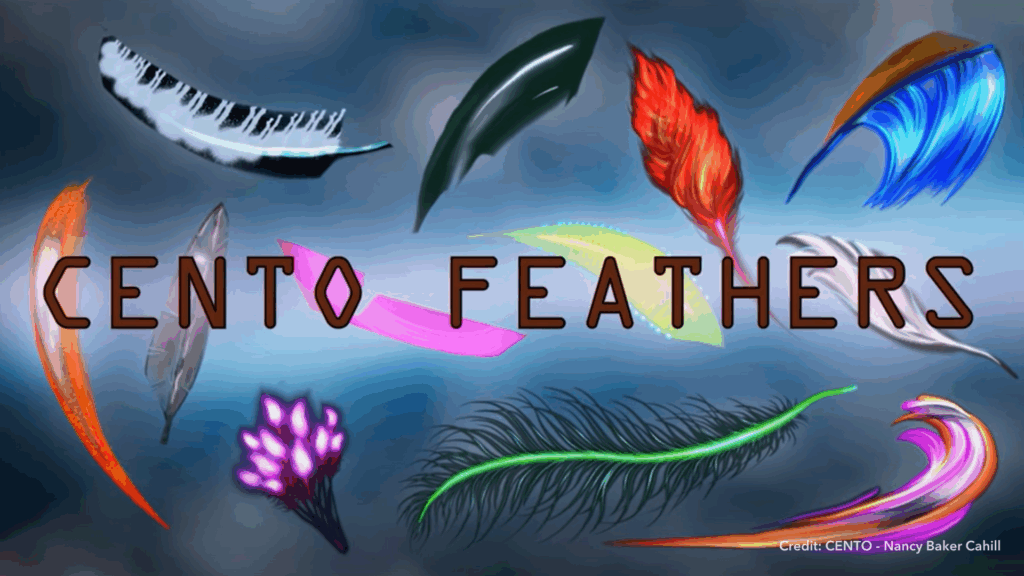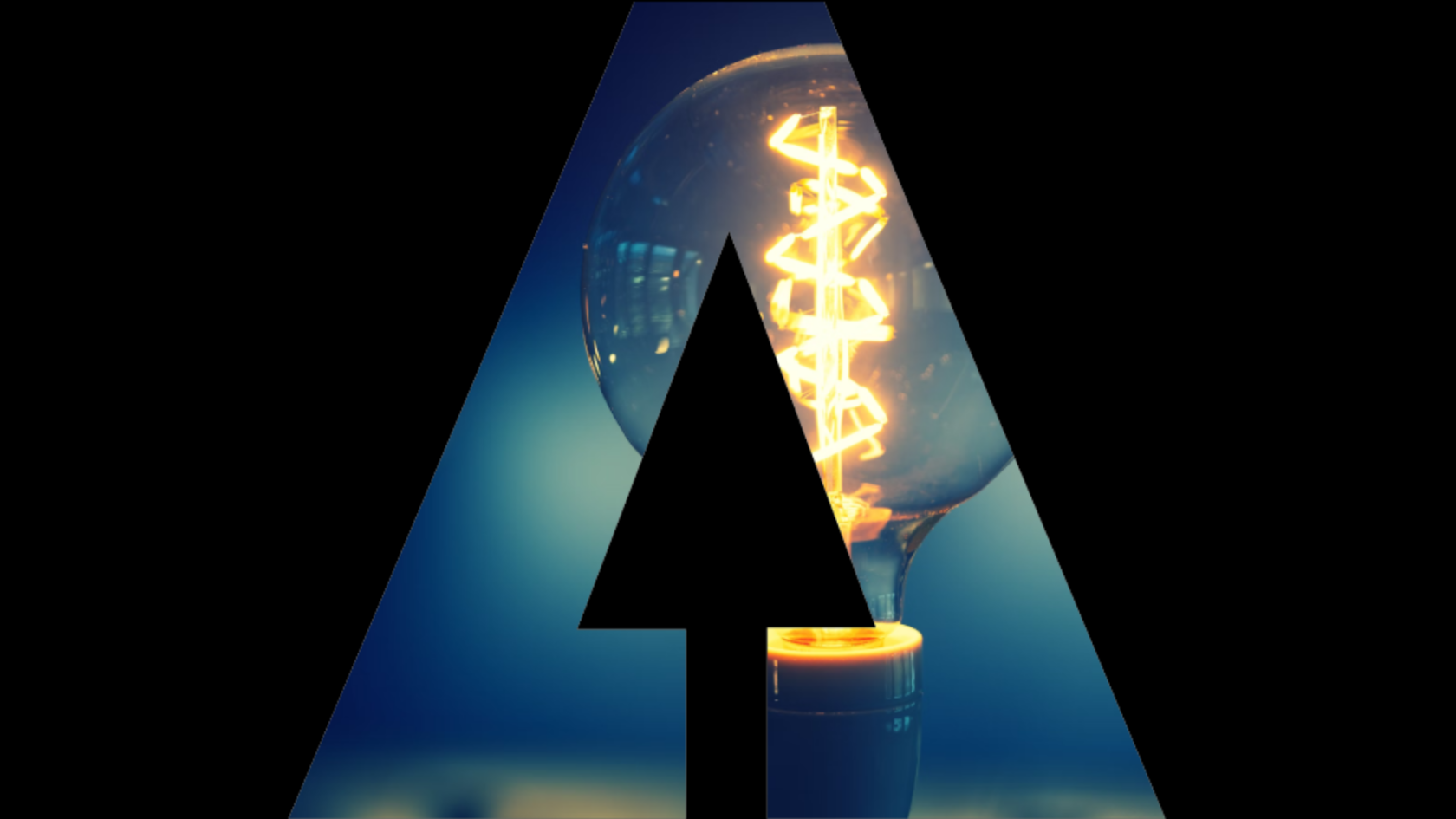The Artistic Intelligence Visionary Initiative (A.I.V.I.) – curated by Harry Yeff and supported by the Ministry of Science and ICT of the Republic of Korea – continues its second season by spotlighting artists exploring new forms of creativity through technology.
In Episode 3, we meet Nancy Baker Cahill, an interdisciplinary artist whose work explores systemic power, consciousness, and the human body. Through augmented reality and participatory installations, Cahill invites viewers to reconsider relationships between species, technologies, and the fragile ecosystems we inhabit.
Her project CENTO, a global participatory artwork, offers a poetic vision of hybrid survival in an age of extinction, encouraging collaborative care as a new mode of interspecies design.
Who are you and what is your art and tech practice?
My name is Nancy Baker Cahill. I’m an interdisciplinary artist and expanded filmmaker. My research-based hybrid practice focuses on systemic power, consciousness, and the human body.
I create immersive experiences, video installations, and conceptual projects rooted in the history of drawing. My monumental augmented reality artworks extend and subvert the lineage of land art, often highlighting civics and a desire for more equitable futures. My goal in this technologically mediated moment is to approach large-scale systemic challenges like the polycrisis through ecological imagination and the intimacy of visceral experience. I’m also the founder and artistic director of 4th Wall, a free, AR public art platform.
The tech industry prescribes certain conventions for how we should use a given technology, and I feel it’s my role as an artist to subvert these expectations through interactive, collaborative, critical, and aesthetic interventions.
In all media, I create transformative, conceptually rigorous experiences that I hope, in turn, provoke meaningful conversation and broader cultural dialogue.
Watch the full episode here:
What is your selected work and its description?
CENTO is a global participatory art project in immersive video and augmented reality, now a permanent part of the Whitney Museum’s collection in New York City. CENTO is a bioengineered future creature that is presented as an experimental living test for evolutionary fitness in the face of a sixth extinction. We are rapidly entering a moment where synthetic biology is progressing from hypothetical to incarnate, with many experiments serving controversial militaristic, capitalistic, or socially or environmentally controversial purposes.
Decoupled from such extractive interests, the questions CENTO asks are: Would a creature imagined as a collage of human, cephalopod, microbiome, avian, mycelial, marine, and machine attributes fulfill or even exceed basic evolutionary requirements? What traits will ensure survival? Could we find hope in a blended future creature? What would a bioethically produced transspeciated self look like? What happens when a body contains multiple types of embodied knowledge? Could species egalitarianism exist in the body politic of a new hybrid creature?

People all over the globe can participate in CENTO‘s co-creation and survival by adding feathers with unique properties through the 4th Wall app to the creature in real time, each one endowed with a different property to ensure evolutionary fitness. The focus of the interactive component is the collective responsibility required in the task of survival.
My hope is that CENTO‘s morphing over time will underscore the necessity of collaborative action and materialize species interdependence and biological inextricability. Also featured is CENTO‘s imagined future habitat captured in the immersive video.
What technology was used to produce this work?
So many different types of technologies informed CENTO. Like most of my AR works, it was a multi-art process.
I start with graphite on paper for initial ideation, then sketch in Procreate, layer in Photoshop, then create a 3D sketch in Substance Modeler, textures in Substance Painter, and in the final steps work with my developer to optimize the animation in Houdini.
Everything is finished in UNITY, where my developer integrates the experience into the 4th Wall app. They coded the interactive element in UNITY, which allowed the audience to co-build the creature in real time. I directed the sound design and worked with a sound artist who used Audacity to create the soundscape.

For CENTO‘s habitat, I used photogrammetry to create a 3D asset of my graphite drawing sculptures and included imagery from Midjourney, then lit and animated the film in Cinema 4D using a range of algorithmic techniques. I finalized the piece in After Effects.
What aspect of this work brings insight to our possible future relationship with technology?
I’m using technologies intentionally to expand consciousness and encourage an awareness of ecological interdependence.
By inviting co-building through an act of care, viewers have reported feeling an investment in CENTO‘s metaphoric survival. The technology allows me to model this process at scale. CENTO has changed dramatically since its inception. As new feathers are added, the earliest feathers digitally molt, so CENTO‘s body becomes a process, not an object. While it’s not generative code, it is generative in a more literal and poetic sense, as it changes with every new feather.
CENTO’s morphing underscores the necessity of ongoing collaborative action and materializes our biological inextricability with the other critters, plants, and life forms we often ignore.
I intended for CENTO‘s machine “head” to function as a translation matrix, where multiple cognitions could then function as a single organism. CENTO‘s body thus becomes a model for interdependent distributed intelligences.
Through creative co-building, artistic projects can dissolve traditional understandings of spatial confines, heighten sensory engagement, and expand cognition.
What is one 20-year prediction for human + machine collaboration?
I worry that in 20 years we will be more acutely experiencing the effects of ecological overshoot, and our relationship with machines will likely reflect that.
My hope is that human-machine collaboration will be symbiotic with the ecologies we inhabit and the other beings with whom we share the planet, all of which create the conditions for life and therefore intelligence, to continue on Earth.

Much of the current framing of human-machine collaboration is around outdated narratives around progress and infinite growth. So instead of offering a prediction, I just offer this hope.
Nancy Baker Cahill’s work invites us to rethink collaboration, not just between humans and machines, but across all species and systems we inhabit. With CENTO, the artist proposes an embodied, participatory vision of hybrid futures where interdependence is the key to resilience.
From 8 to 11 July in Geneva, the AI for Good Global Summit will continue to showcase these visionary projects at the intersection of art, technology, and collective futures.















